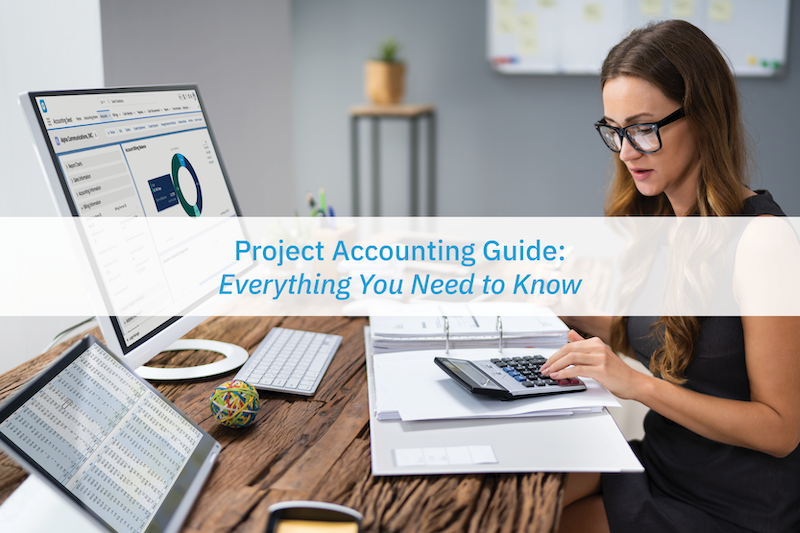How to Use Project Accounting in Your Business
Used correctly, project accounting can help you track costs more efficiently and highlight the clients and kinds of projects to pursue more of. Here are a few tips to use project accounting to surface valuable business insights and drive more productivity to your process.
1. Use a Project-Based Accounting Sub-Ledger
Accounts payable in the general ledger includes all the unpaid bills from all your operations. If you’re a small company doing one big project for one customer, the general ledger may serve all your accounting needs. If you’re large enough to have lots of accounts payable, extracting information related to a single specific project is an impractical aspect of your vendor payment processes.
The solution? Record project accounting information in a sub-ledger, separate from your main accounts. Use the sub-ledger to record only project-related transactions. All your purchases, revenue, employee expenses, and so on go in the sub-ledger. When the project ends, you transfer the data in it to the general ledger.
2. Leverage Project Budgets and Project-Cost Accounting
To manage project costs, you have to create a project budget first. Start by establishing the project’s goals, its scope, and its key limits. You may discover that your project is limited by tight funding, a short window to get it finished, or an undersized staff.
Effective project accounting requires a realistic forecast. For example, if you don’t have enough staff to meet the deadline, you have to accept that limitation and factor it into your projections. You might then ask the client for a later deadline or increase the budget so you can hire contract workers for the project.
If you have good figures for everything the project needs, such as costs for staffing, supplies, and travel costs, you can put together a solid budget estimate. If you can’t nail down every detail though, look for similar past projects and use their budget projections. Alternatively, you can use averages such as the average number of hours it takes to build a website.
3. Build Flexibility into Your Project Budgets
Along with realistic figures, your budget forecast needs to be flexible. Any project more complicated than buying lunch will probably develop unplanned problems, needs, and expenses. The variables in most projects are time, cost, scope, project features, and quality. You’ll need to build in flexibility in at least one area to handle problems with the others.
Let’s say your project is designing a new luxury car model. Midway through, you realize you need added features to make the finished product competitive vs other comparably priced models. Or you might find that an innovative feature in the original design has a major flaw you have to fix. In either case, solving the problem requires spending more money and will slow down the work.
Effective project accounting builds enough flexibility into the initial budget to handle such emergencies. For example, say you budget a reserve fund that can handle unplanned expenses, or you add a few extra weeks to the project deadline. By creating some wiggle room in at least one area, such as time, cost, or quality, you’ll be able to adapt when the inevitable problems arise.
4. Track Your Project Expenses Closely
Regular accounting reports follow a standard cycle, such as every quarter. However, a good project-cost system tracks spending and earned income much more frequently — possibly every week or every day.
By tracking your finances frequently, you can see how the project budget compares to your initial forecast on an ongoing basis. You can also use transaction data to spot problems before they turn into serious issues.
With Accounting Seed, accounting data is automatically pulled into customizable financial reports in real time, so you’re always up to date on where money is being spent.
Need inspiration for setting up your accounting dashboards? Read the Guide to the Best Financial Dashboards for Making Business Decisions.


